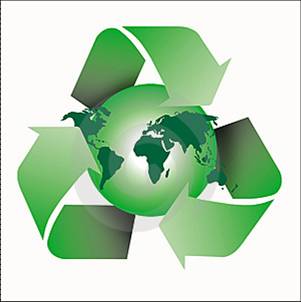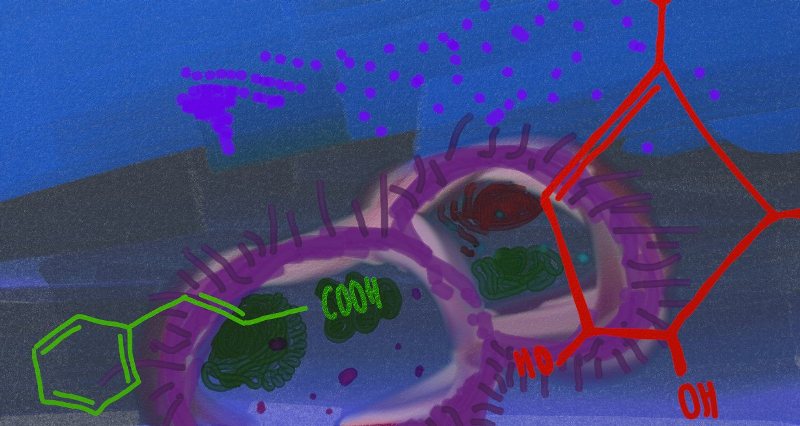Team:Alberta-North-RBI E/Waiting4Pizza
From 2012e.igem.org
| Line 65: | Line 65: | ||
== Our Competitive Advantage == | == Our Competitive Advantage == | ||
| - | Upcycled Aromatics’ competitive advantage lie in our | + | Upcycled Aromatics’ competitive advantage lie in our flexible process, our choice of feedstock, and our tight integration between process and genetics. |
| Line 71: | Line 71: | ||
| - | Our strategy ultimately allows us to save significantly on operating costs, and since our initial prototype facility will be located at a recycling plant onsite, costs associated with the feedstock will be negligible if not zero. | + | Our strategy ultimately allows us to save significantly on operating costs, and since our initial prototype facility will be located at a recycling plant onsite, costs associated with the feedstock will be negligible if not zero. Many people are currently using cellulose as a feedstock, for example, as a precursor to bioethanol, but with Upcycled Aromatics' novel process, we are able to virtually eliminate any and all associated transportation costs, which constitute a huge energy sink in most other cellulosic approaches. Our revolutionary idea, while increasing our margins, also gives us the opportunity to funnel the money saved into other endeavours, such as expansion or R&D. |
| - | The flexibility our process offers us the option to respond to shifting markets. Although the value of shikimic acid is many times higher than that of cinnamic acid and its derivatives, any lull in demand can be compensated for by simply flipping our genetic switch and changing our product. On the other hand, any future spikes in the price of shikimic acid (perhaps due to another pandemic scare) will allow us to take advantage of such opportunities. Furthermore, the switchability of Upcycled Aromatics will insulate us from price crashes in any one of our possible products. | + | The flexibility our process offers us the option to respond to shifting markets. Although the value of shikimic acid is many times higher than that of cinnamic acid and its derivatives, any lull in demand can be compensated for by simply flipping our genetic switch and changing our product. On the other hand, any future spikes in the price of shikimic acid (perhaps due to another pandemic scare) will allow us to take advantage of such opportunities. Furthermore, the switchability of Upcycled Aromatics will insulate us from price crashes in any one of our possible products. Furthermore, the semi-permanent, modular nature of the process allows us to avoid costs in the transportation of glucose, and allows us to be consistent in the design and quality of our "tack-on" plants. |
| - | Process and genetics in Upcycled Aromatics have been developed in tandem. Such a relationship results in a great deal of synchronization between these two very different areas, ensuring that we will never experience any disconnect between biology and engineering. As these | + | Process and genetics in Upcycled Aromatics have been developed in tandem. Such a relationship results in a great deal of synchronization between these two very different areas, ensuring that we will never experience any disconnect between biology and engineering. As these feed back onto one another in an iterative process, improvements in one will always be a fruit of and perhaps a seed for improvements in the other. |
Revision as of 17:00, 15 September 2012

Contents |
The Problem/Opportunity
|
Due to environmental concern, government regulations and economic considerations, there has been a consistent increased effort in recycling endeavours over the past years. Several hundred million metric tons of municipal solid waste is disposed of in Canada and the United States annually. Paper products alone account for approximately 45% of municipal solid waste by weight before recycling (N. Lark et al.). As a result, recycling paper products not only affects the upstream processes in paper production (where raw materials are acquired), but also has consequences on the downstream portion of paper use (waste-disposal).
Our SolutionAs technologies continue to improve, there has been increasing interest in exploring the use of biomass as a renewable resource. Biomass is typically a by-product of an industrial process and considered waste. In particular, the paper sludge produced by paper recycling plants is presently disposed of via landfill or burnt. This is a significant source of potentially exploitable cellulose that can not only be used to produce high-value chemicals but will also have a positive impact on waste management. Additionally, paper sludge is an attractive feedstock compared to other lignocellulosic biomass because is processed prior to its utilization and requires no pre-treatment as a result.
The Competitive LandscapeShikimic acid is a vital precursor to and major bottleneck in the production of the anti-influenza drug Tamiflu. Taking into account the recent H1N1 and H5N1 influenza outbreaks and reports of shikimic acid shortages in 2005, demand for the chemical seems likely to increase should another pandemic scare occur. Currently, pharmaceuticals giant Roche produces the majority of the world's supply of shikimic acid, holding an effective monopoly on the market. Their method of extraction involves isolating the compound from Chinese star anise, at a yield of approximately 30g of seed to very 1g of shikimate[cite]. Furthermore, as demonstrated by the Tamiflu shortages announced by Roche in 2005, a bad harvest will lead inevitably lead to mass shortages in the drug supply.
Our Competitive AdvantageUpcycled Aromatics’ competitive advantage lie in our flexible process, our choice of feedstock, and our tight integration between process and genetics.
The G-Map
View Larger Map Countdown
Concept Art
Flickr badge
www.flickr.com
This is a Flickr badge showing public photos and videos from Upcycled Aromatics. Make your own badge here.
Business model |
 "
"







